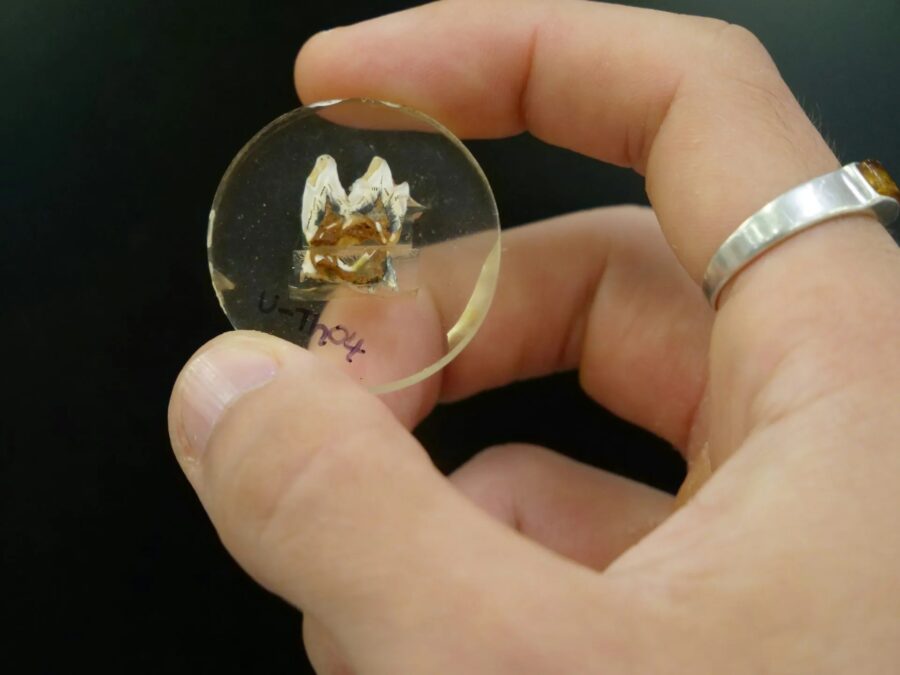
Fossil teeth show extinct giant kangaroos were homebodies
Fossil teeth show extinct giant kangaroos spent their lives close to home – and perished when the climate changed.

Fossil teeth show extinct giant kangaroos spent their lives close to home – and perished when the climate changed.
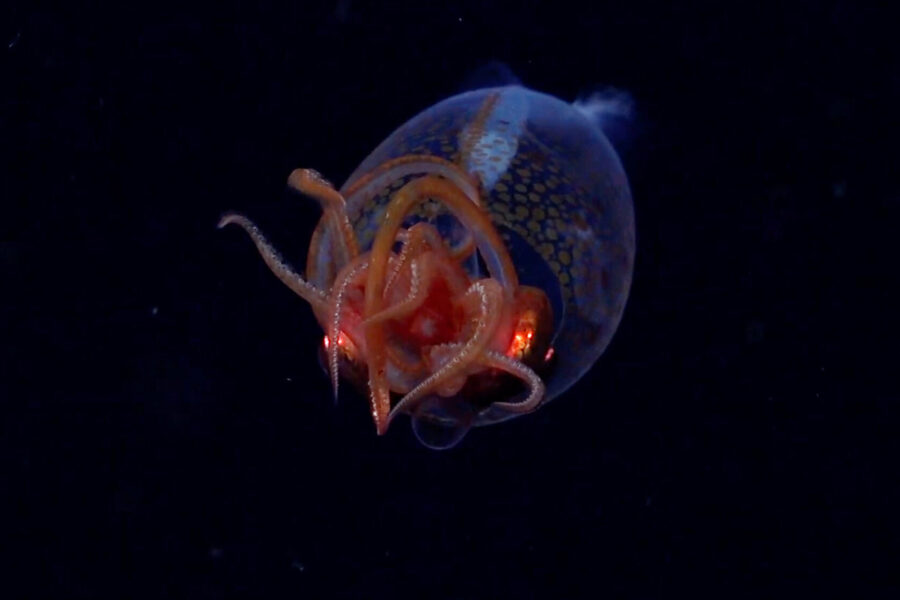
An international voyage has captured the first confirmed video of a colossal squid – a 30cm juvenile – in its natural habitat at a depth of 600m near the South Sandwich Islands.
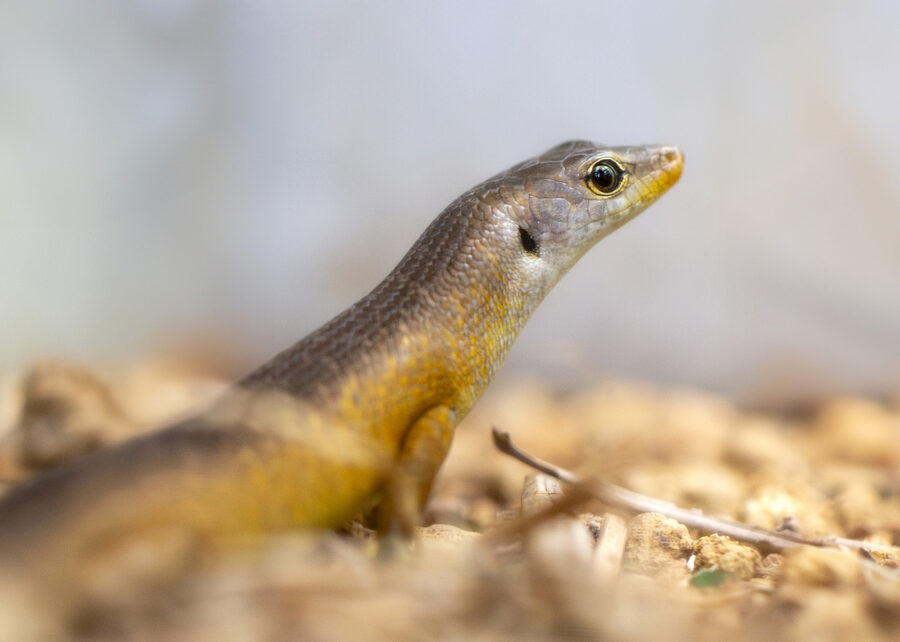
To prevent extinctions, we need to start addressing the big gaps in our national threatened species list, argues Hugh Possingham, the Biodiversity Council’s Co-chief Councillor.
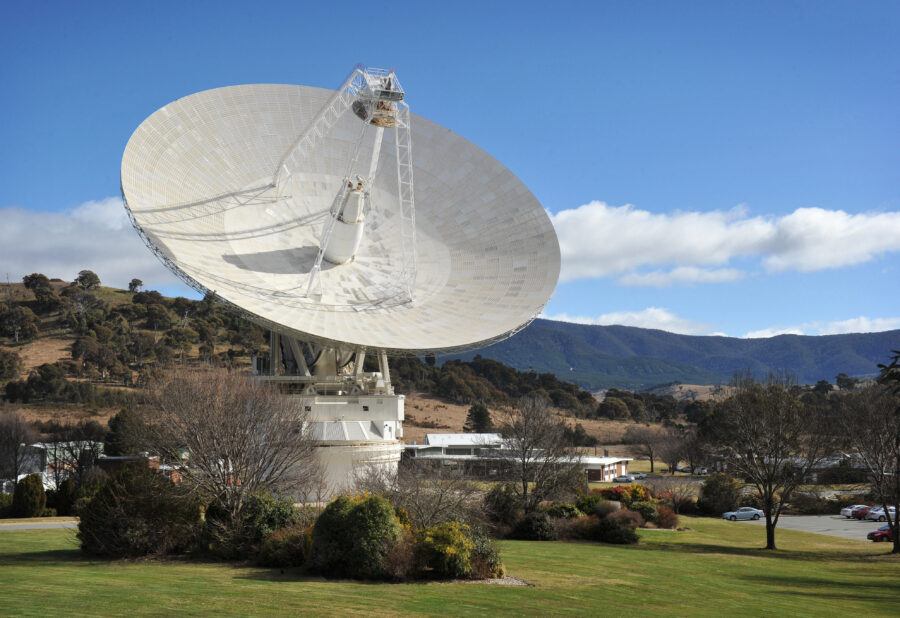
I’m often asked about the space probes that are leaving the solar system, never to return. There are five of them: Pioneer 10 and 11 and Voyager 1 and 2 – all launched in the 1970s – and New Horizons, which began its journey to Pluto and beyond in 2006.
Red sprites have been captured on camera in Western Australia’s Kimberley.

For decades, experts believed that plankton-feeding fishes – or planktivores – share a specialised, uniform design. However, new research shows not only is this false, but they also display the widest range of body forms of any feeding group among reef fishes.
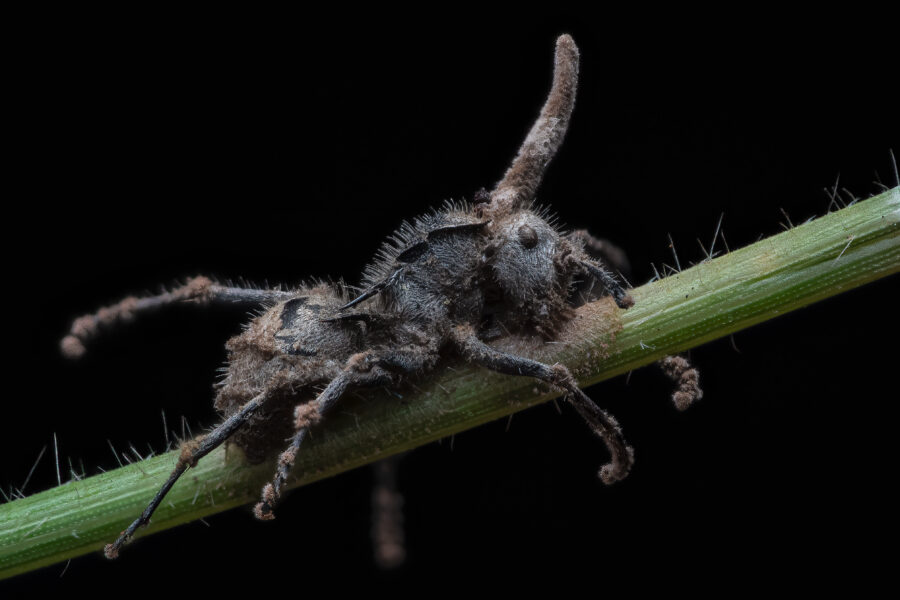
Strange-looking ants being controlled by a fungus have been discovered on Jawoyn country in the Northern Territory during a Bush Blitz expedition.
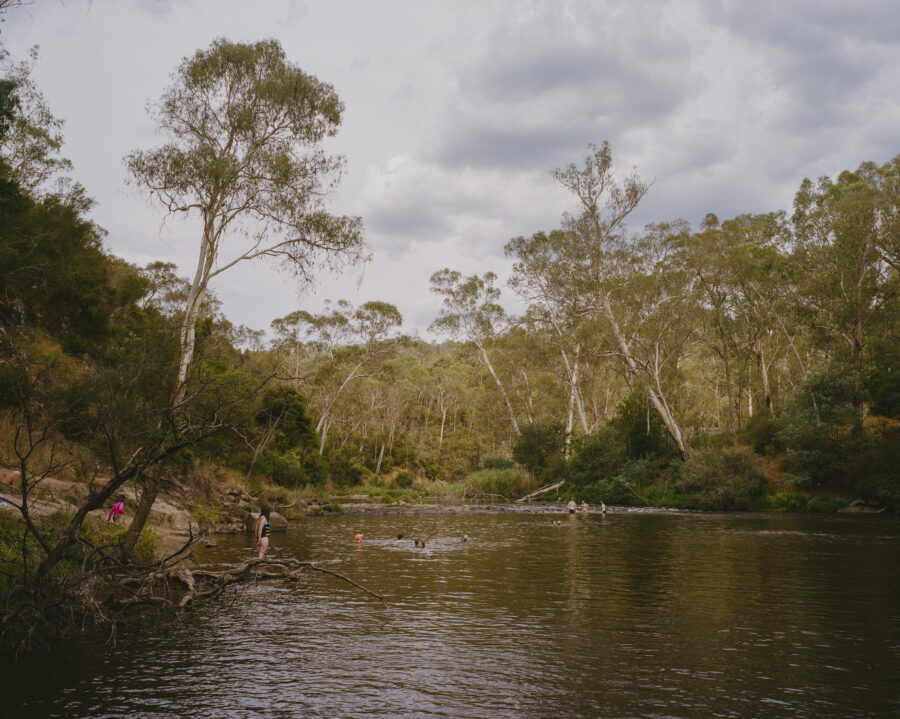
Central to the identities of First Nations peoples and modern Melburnians, the Yarra River (Birrarung) is now legally recognised as a ‘living entity’.
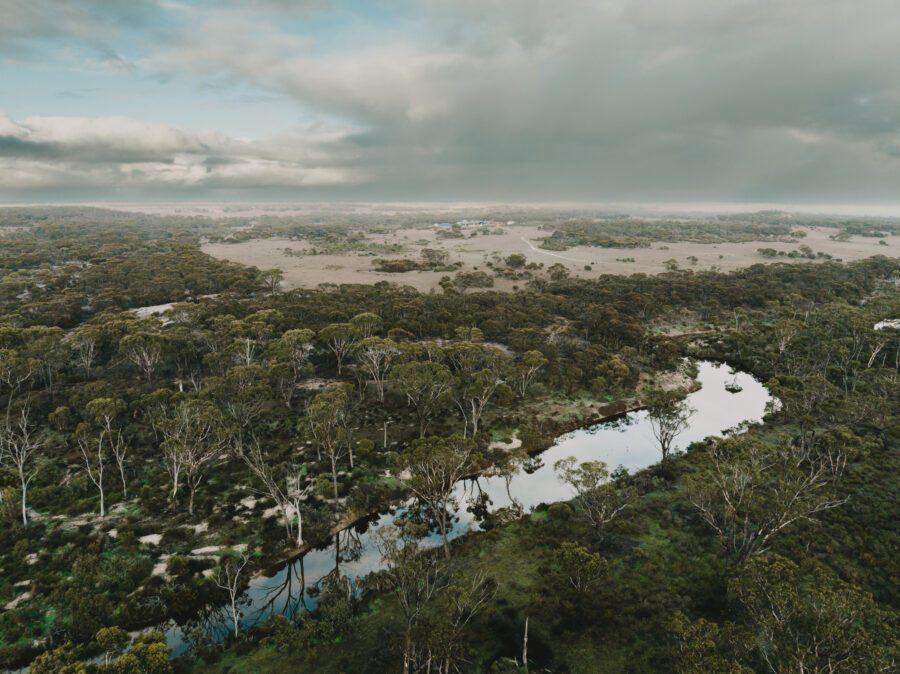
One of the world’s largest land rehabilitation projects is transforming paddocks into natural paradises in the south-west of Western Australia.
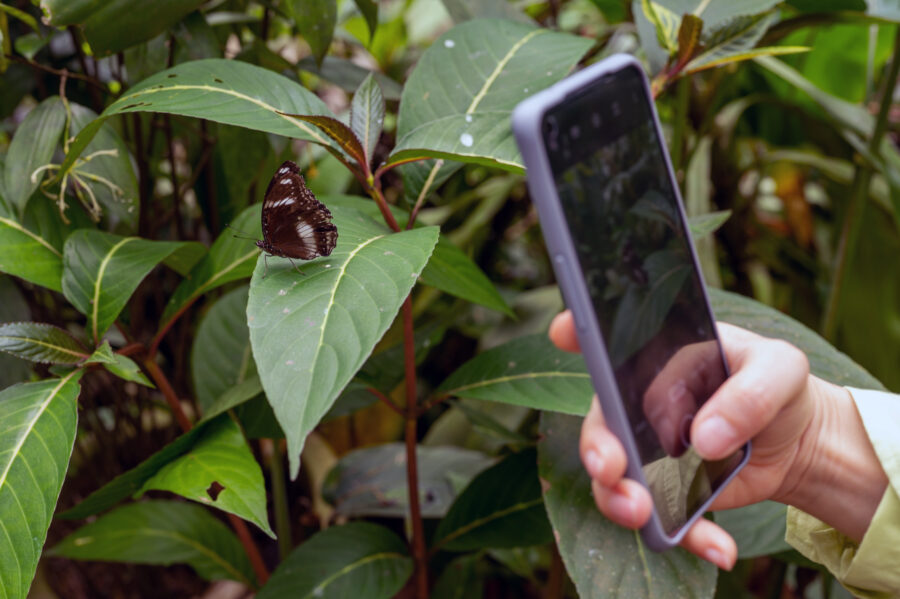
Budding conservationists can have a meaningful impact on local biodiversity by recording their wildlife observations on iNaturalist.